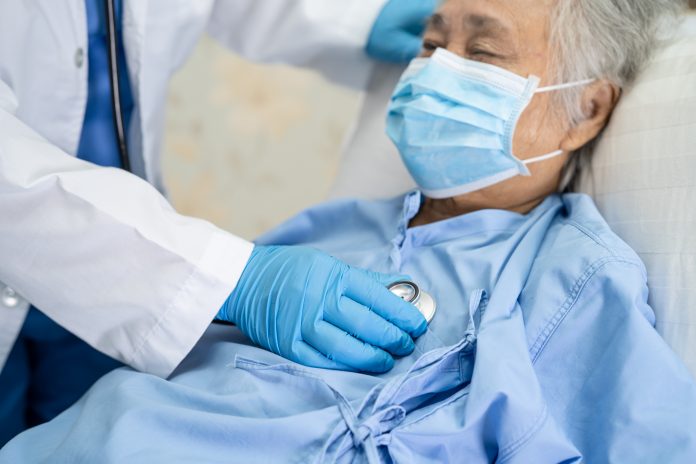A team at Rutgers Robert Wood Johnson Medical School have found evidence of rare, repeating blood clots in the arms of COVID-19 patients
The team discovered the rare but alarming possibility through their study of 1,000 hospitalised patients. These individuals were subject of a larger Rutgers investigation into the impact of COVID, from March to May, 2020.
In 2021, the COVID vaccines AstraZeneca has been subject of international fears in connection to a rare occurrence of blood clots in younger people. Some pointed out that the use of birth control creates a similar risk, but remains widely, globally used. Eventually, the European Medicines Agency (EMA) cleared the vaccine for safe use in the population but vaccine hesitancy may have seeped into the reputation of the drugmaker.
Throughout this, scientists have been looking at how the virus itself creates blood clot risks.
They have previously found that there is a risk of lower extremity deep vein thrombosis after a person has COVID-19, but this study looks at how the virus can trigger recurring blood clots in the arms. This incident was observed in an active, 85 year old man.
‘Rarely do they occur in patients who are otherwise healthy’
Payal Parikh, an assistant professor of medicine at Rutgers Robert Wood Johnson Medical School and study co-leader, explained: “The patient presented to his primary care physician with complaints of swelling in his left arm and was sent to the hospital for further management where he was diagnosed with an upper arm blood clot and an asymptomatic COVID-19 infection.
“While his oxygen levels were not diminished, he was hospitalized for the management of the upper extremity deep vein blood clot. Often, blood clots are preceded by chronic inflammatory conditions exacerbated by immobility, and rarely do they occur in patients who are otherwise healthy and active at baseline.”
‘The blood clot can travel to the lung’, warns scientist
When it comes to deep vein thrombosis, most cases occur in the legs – with 10% happening in the arms. And in that 10%, only 9% of cases repeat themselves.
Assistant Professor Parikh said: “This is of concern since in 30 percent of these patients, the blood clot can travel to the lung and be possibly fatal. Other disabling complications include persistent swelling, pain and arm fatigue.”
What should healthcare professionals do?
According to the team, clinicians should test for deep vein thrombosis and COVID in patients who have unexplained swelling. People who test positive for the virus should immediately seek medical attention if they have declining oxygen levels, shortness of breath and any unexplained swelling.











